‘The most beautiful spot on Earth’ for sale as Sir Christopher Ondaatje puts Glenthorne on the market
Glenthorne, Sir Christopher Ondaatje’s picturesque house on the hilly north Devon coast that incorporatesthe best of Georgian, Tudor and ‘mystical Gothic’ says Penny Churchill.
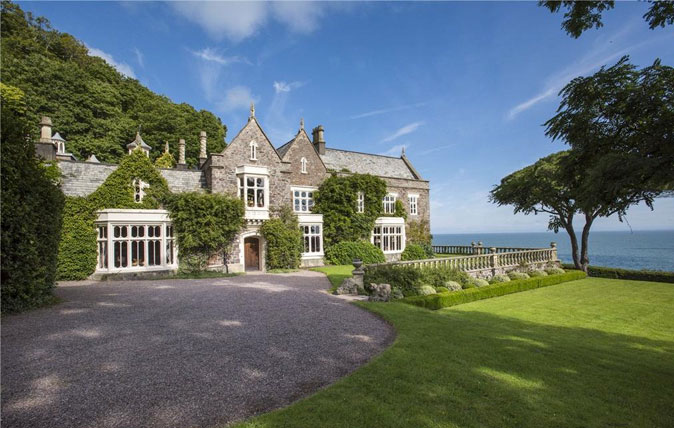

Restless and charismatic, the patrician Sir Christopher Ondaatje is no stranger to Country Life, which has variously described him as an ‘adventurer, historian, geographer, author, collector and connoisseur of countless treasures, business magnate, sportsman and philanthropist’ – all of which he has been, and at the highest level, in the course of an extraordinary life.
Writing in the magazine on August 9, 2001, Sir Christopher reflects on his lifelong love affair with Exmoor and the enduring fascination of his ‘mystical Gothic manor house’, Grade II-listed Glenthorne at Countisbury, near Lynton, north Devon, which he and his wife rescued from dereliction in 1985.
With his nearest neighbour some seven miles away, the gloriously secluded house, set in 77 wooded acres overlooking the dramatic west Somerset coastline, has been an oasis of peace and tranquility – a welcome escape from ‘the hurly-burly of city life’.
Sir Christopher dreamed then that ‘someday, the weekends will stretch to meet in the middle, and we will spend most of our time at Glenthorne, living out our days in this peaceful haven’.
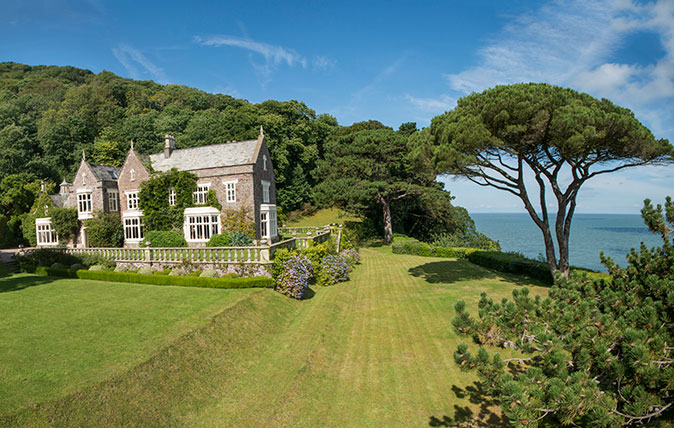
Sadly, times change and with his 85th birthday in the offing, two children living in the USA and their daughter married with homes in the UK, he and his wife have concluded that houses in London, the Bahamas and Canada more than meet their needs. Hence the agonising decision to offer their Devon retreat for sale through Carter Jonas in Taunton at a guide price of £5.5 million – a sensible decision, no doubt, ‘but it hurts’, Sir Christopher admits.
The original Glenthorne estate was created by the Rev Walter Stevenson Halliday, son of a Scottish naval surgeon and banker, who made a fortune during the Napoleonic Wars and died in 1829.
Having resigned from the Church on inheriting his father’s fortune, the bookish Halliday set out to invest in a country estate and eventually settled at Countisbury, where he gradually bought the entire parish – some 7,000 acres in all – and became the local squire.
Sign up for the Country Life Newsletter
Exquisite houses, the beauty of Nature, and how to get the most from your life, straight to your inbox.

He immediately embarked on the construction of Glenthorne, a grand new manor house built on a spectacular coastal site overlooking the Bristol Channel – said to be the only piece of flat land between Porlock and Lynmouth.
It reputedly took the best part of a year to create the three-mile drive leading down to it. Thought to be the longest in England, it zig-zags some 1,100ft to the grassy clearing where the house stands, beyond which the lawn falls steeply down to the sea.

For Sir Christopher, ‘it is the most beautiful spot on Earth. Woods climb giant hills behind us, separated occasionally by narrow streams, hidden by ferns and rhododendrons, which cascade over mossy rocks down to the stony beach’.
Halliday was in the happy position of being able to choose his landscape and fit his house into it. Stables were built at Home Farm to house working horses, a track was cut to the shore and a landing stage built for building materials to come in by sea.
Only then could work begin on the house, which is classically Georgian in places and Gothic in others, with some homespun Tudor elements in between. Built of pinkish local stone, ornamented with Bath stone and roofed with Cornish slate, it stands in the most picturesque setting imaginable, against the backdrop of the hills and the moorland of Exmoor above it.

The nucleus of the house was finished in 1831 and, in 1839, the hillside to the rear was extended to provide space for new kitchens and service quarters and a large conservatory added.
In 1846, the front of the house was extended by adding a library wing with a new master bedroom and dressing room above. The bay windows of the library look out over the sea to the north, others face east along the wooded cliffs to Porlock Bay.

During the 1850s, Home Farm, a substantial stone-built house – now fully restored by the present owners and home to a unique museum of literature – was built in a sheltered corner away from the house. It also offers additional accommodation, a first-floor theatre, a charming courtyard and, to the rear, stabling and garaging.
Halliday died childless in 1872, leaving the estate to his sister’s son, William, who was High Sheriff of Devon in 1882. He added the billiard room and had a croquet lawn created at the side of the house. Following William’s death in 1898, Glenthorne was left to his second daughter, Constance, who owned it until her death in 1952; it eventually passed, in 1968, to Benjamin Halliday, the last of the family to live there.

On September 11, 1983, a snippet in Country Life announced the sale, ‘for the first time in its history, of Glenthorne, with 18 acres of gardens, woods and paddock, access to the foreshore, and views across the Bristol Channel to Wales’; offers in the region of £250,000 were sought by Jackson-Stops & Staff in Yeovil. The following year, the house, by then in a parlous state of repair, was bought by the present owners.
‘Despite its romantic, Daphne du Maurier appearance, the house was an absolute wreck, with rain pouring through the roof, right down to the ground floor,’ Sir Christopher recalls.

In typical Ondaatje style, a team of 35 craftsmen and builders was drafted in to renovate the entire, 12,552sq ft house in a military-style operation that took just seven months to complete. Home Farm was acquired some years later.
Today, Glenthorne House boasts impressive accommodation on three floors, including six main reception rooms, a gun room, a kitchen and a breakfast room, a master-bedroom suite, 11 further bedrooms and four further bathrooms. In addition to Home Farm, it comes with a two-bedroom garden cottage and is surrounded by impeccably maintained gardens – the exclusive domain of master gardener Jonathan Dare since 1997.
Glenthorne is for sale via Carter Jonas – see more pictures and details.
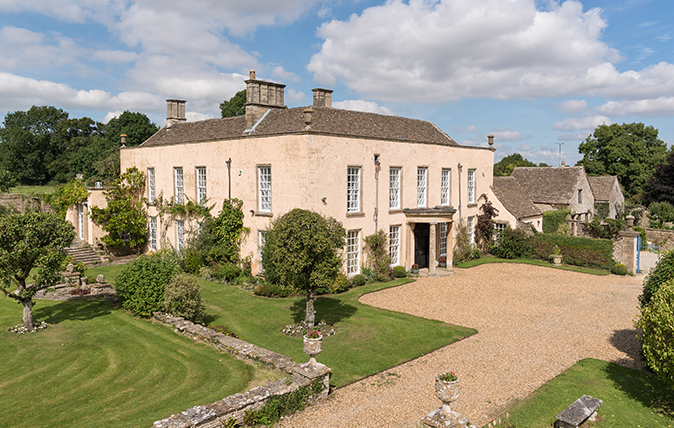
Pride & Prejudice, a party barn and a 22-bedroom country mansion: The 10 best properties for sale in 2017
Between Christmas and New Year, we're taking a look back at some of our most popular stories of the year
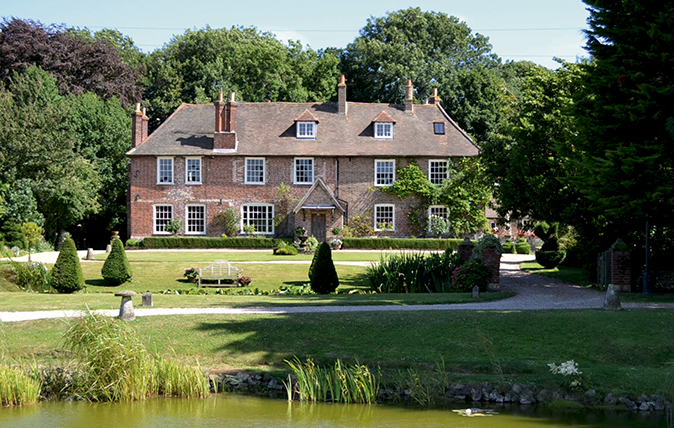
The Kent manor with an original Tudor fireplace and space for a string of horses
Not only is Solton Manor one of Kent's most beautiful country houses, but it also boasts an interesting and chequered
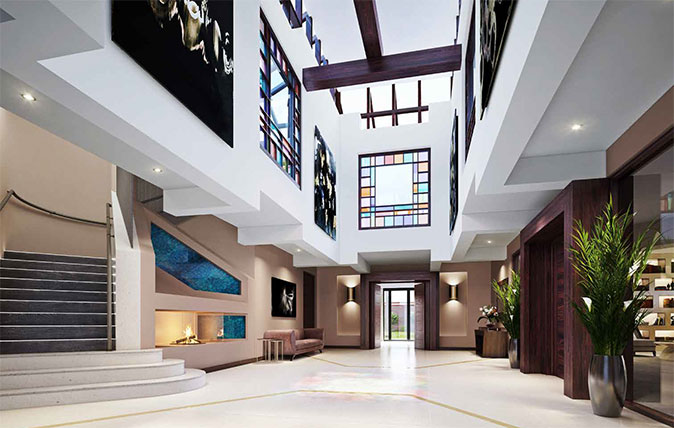
Credit: Harford Manor
Harford Manor: A brand new Berkshire estate which throws the country house rulebook out of the window
Harford Manor is a striking new home at the very top end of the market which is undeniably fabulous on
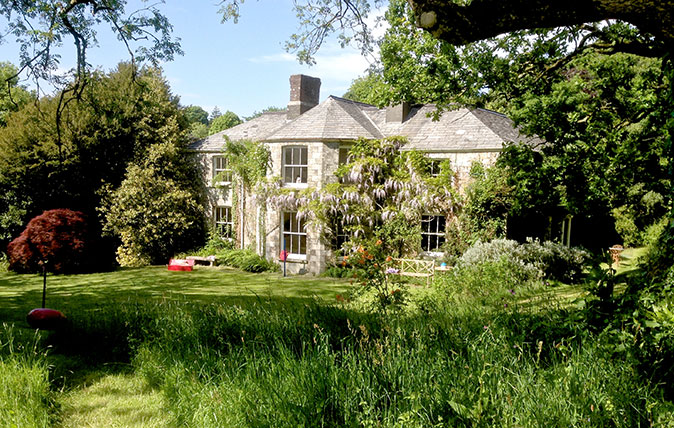
An impossibly romantic, wisteria-clad home in Cornwall which could be straight from a BBC drama
Dripping with wisteria and charm in equal measure, The Old Rectory in a picturesque Cornish hamlet is the sort of
-
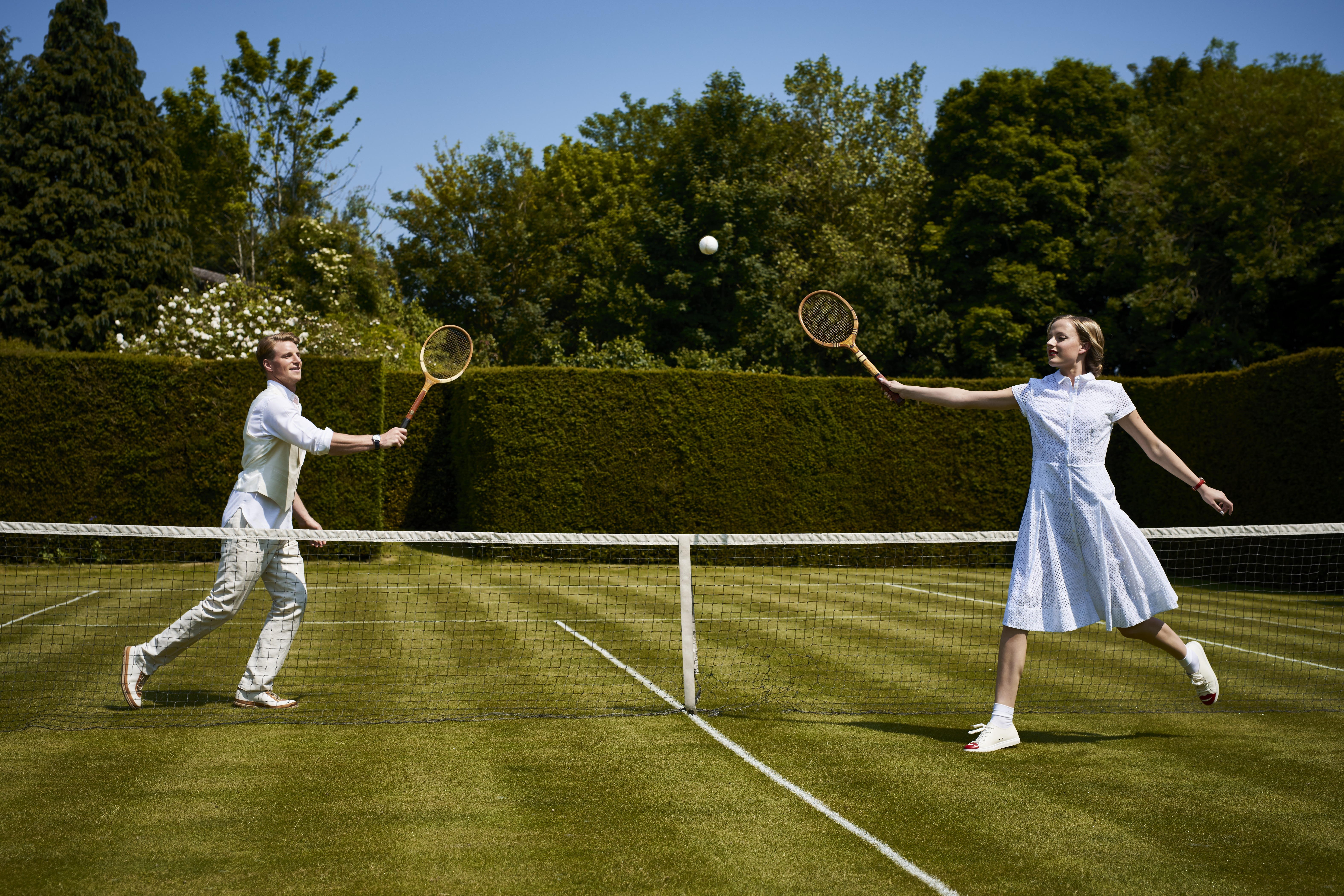 New balls please: Eddie Redmayne, Anna Wintour and Laura Bailey on the sensory pleasures of playing tennis
New balls please: Eddie Redmayne, Anna Wintour and Laura Bailey on the sensory pleasures of playing tennisLittle beats the popping sound and rubbery smell of a new tube of tennis balls — even if you're a leading Hollywood actor.
By Deborah Nicholls-Lee Published
-
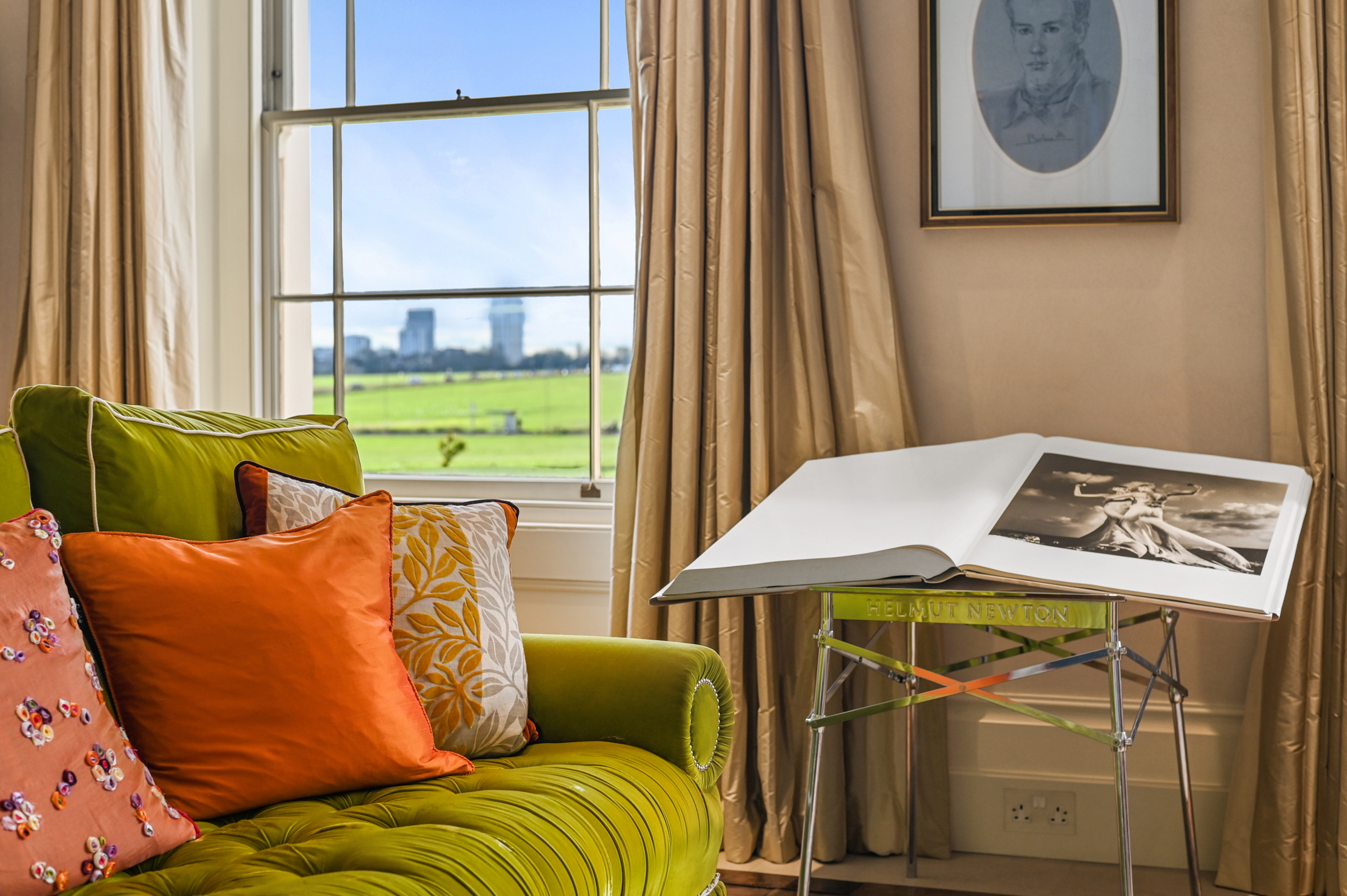 A rare opportunity to own a family home on Vanbrugh Terrace, one of London's finest streets
A rare opportunity to own a family home on Vanbrugh Terrace, one of London's finest streetsThis six-bedroom Victorian home sits right on the start line of the London Marathon, with easy access to Blackheath and Greenwich Park.
By James Fisher Published
-
 A rare opportunity to own a family home on Vanbrugh Terrace, one of London's finest streets
A rare opportunity to own a family home on Vanbrugh Terrace, one of London's finest streetsThis six-bedroom Victorian home sits right on the start line of the London Marathon, with easy access to Blackheath and Greenwich Park.
By James Fisher Published
-
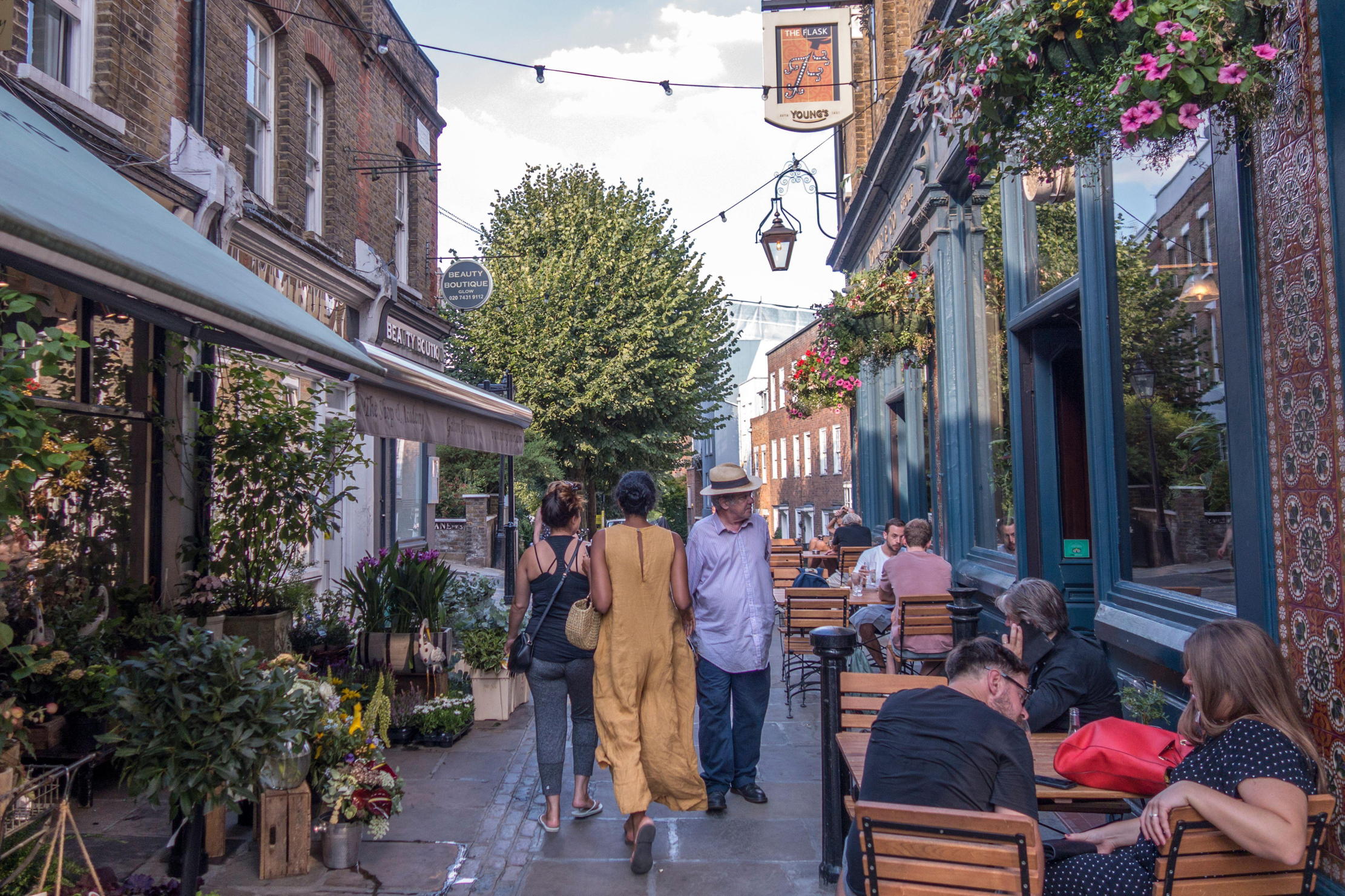 A day walking up and down the UK's most expensive street
A day walking up and down the UK's most expensive streetWinnington Road in Hampstead has an average house price of £11.9 million. But what's it really like? Lotte Brundle went to find out.
By Lotte Brundle Last updated
-
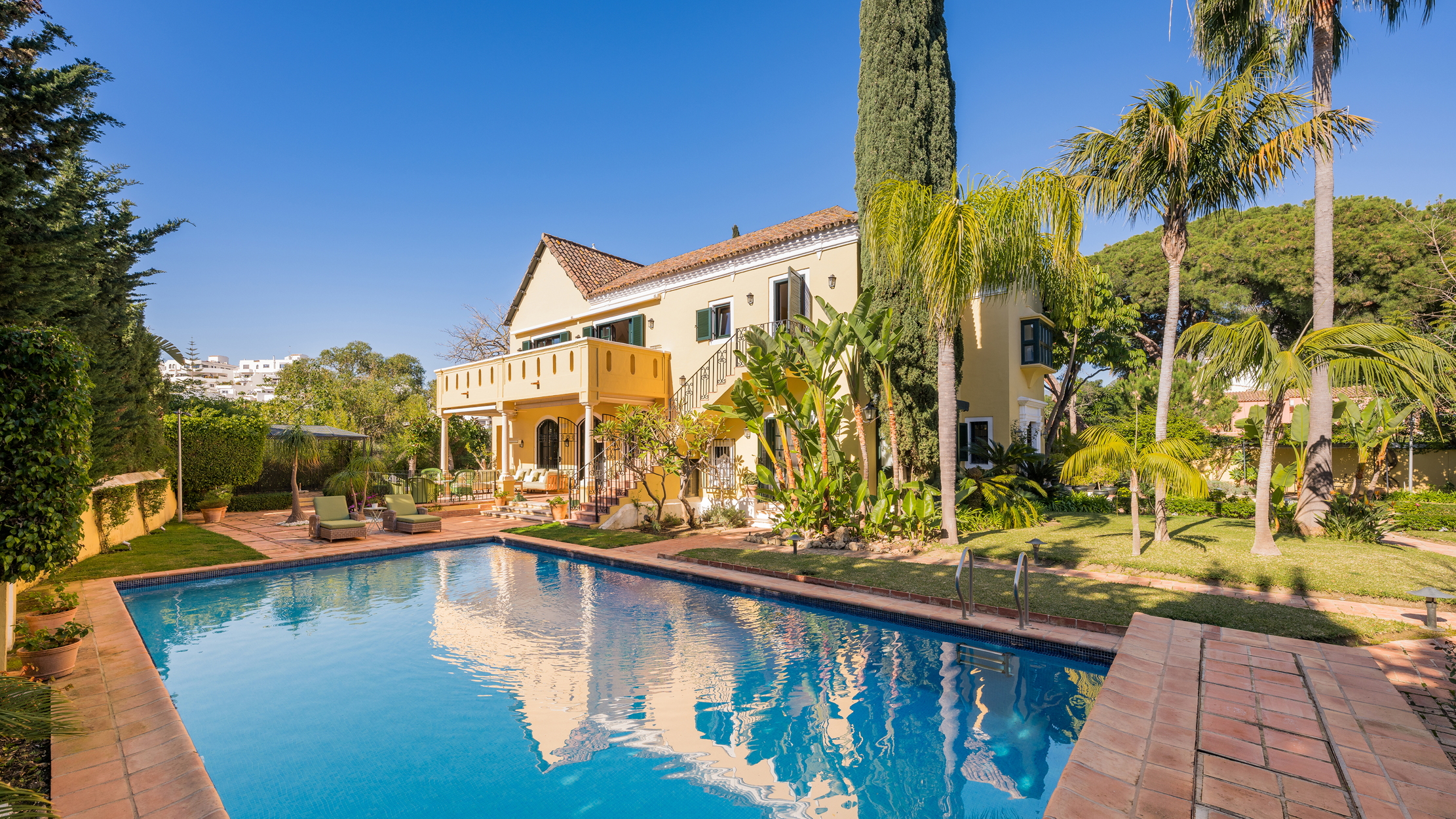 Damon Hill's former home in Marbella is the perfect place to slow down
Damon Hill's former home in Marbella is the perfect place to slow downThe glorious Andalusian-style villa is found within the Lomas de Marbella Club and just a short walk from the beach.
By James Fisher Published
-
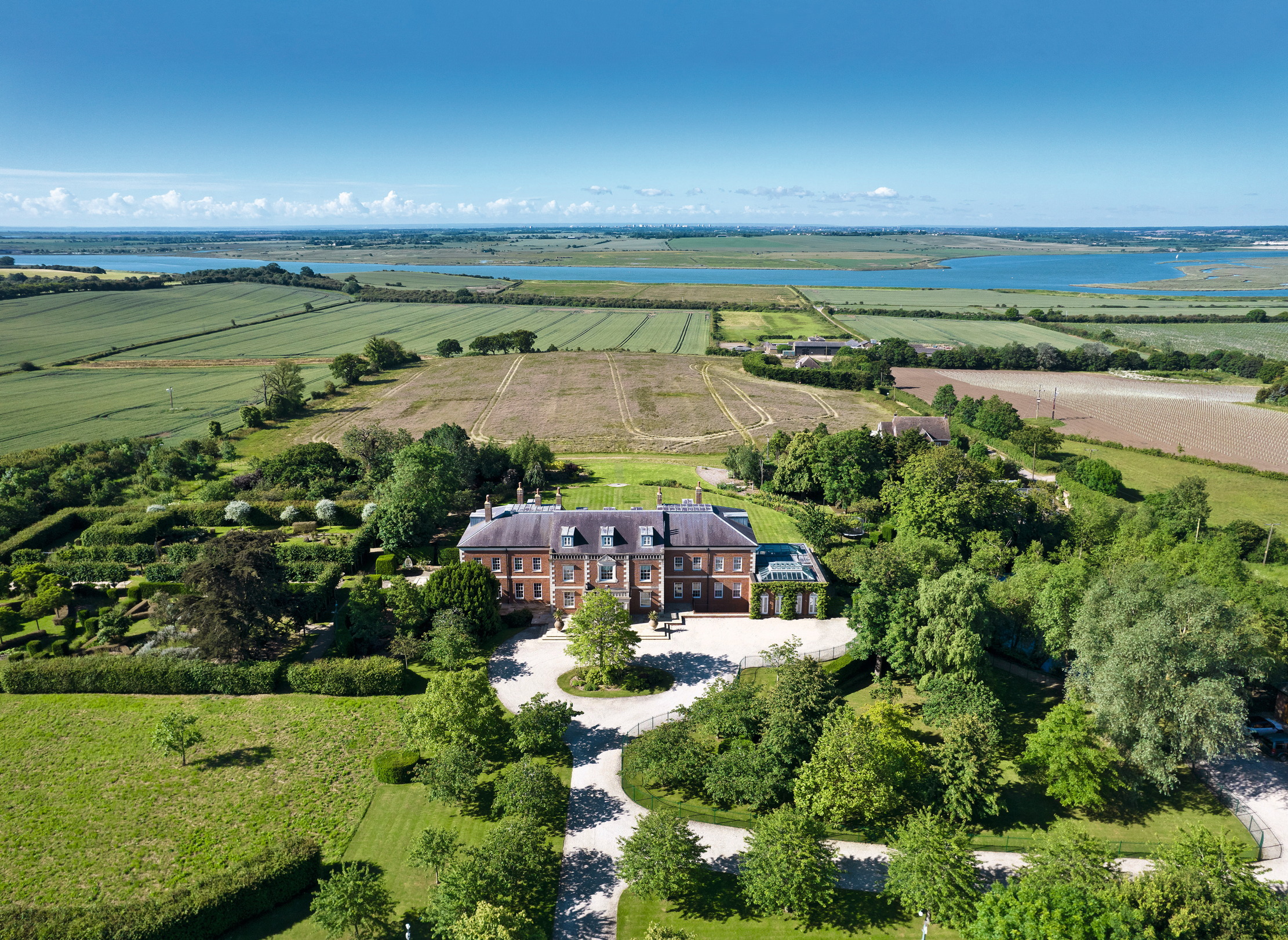 A 327-acre estate in the heart of 'England’s Côte d’Or', with a 26,000sq ft Georgian style home at its heart
A 327-acre estate in the heart of 'England’s Côte d’Or', with a 26,000sq ft Georgian style home at its heartStokes Hall in the Crouch Valley is an inspiring property looking for a new owner.
By Penny Churchill Published
-
 Schreiber House, 'the most significant London townhouse of the second half of the 20th century', is up for sale
Schreiber House, 'the most significant London townhouse of the second half of the 20th century', is up for saleThe five-bedroom Modernist masterpiece sits on the edge of Hampstead Heath.
By Lotte Brundle Published
-
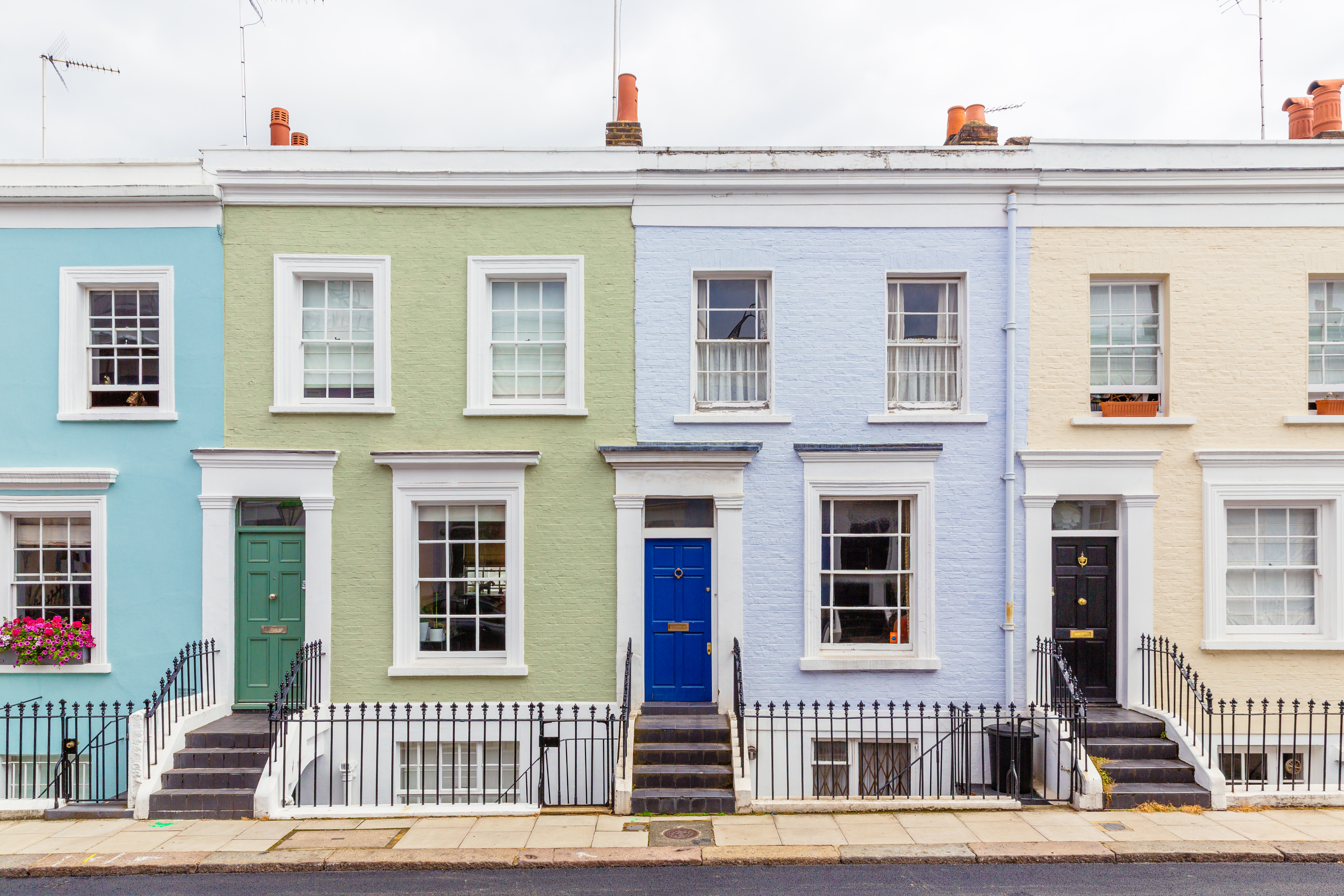 Is the 'race for space' officially over?
Is the 'race for space' officially over?During the lockdowns, many thought the countryside was the place to be. It seems many are now changing their minds.
By Annabel Dixon Last updated
-
 What's a 'wellness village' and will it tempt you back into the office?
What's a 'wellness village' and will it tempt you back into the office?The team behind London's first mixed-use ‘wellness village’ says it has the magic formula for tempting workers back into offices.
By Annunciata Elwes Published
-
 A mini estate in Kent that's so lovely it once featured in Simon Schama's 'History of Britain'
A mini estate in Kent that's so lovely it once featured in Simon Schama's 'History of Britain'The Paper Mill estate is a picture-postcard in the Garden of England.
By Penny Churchill Published
